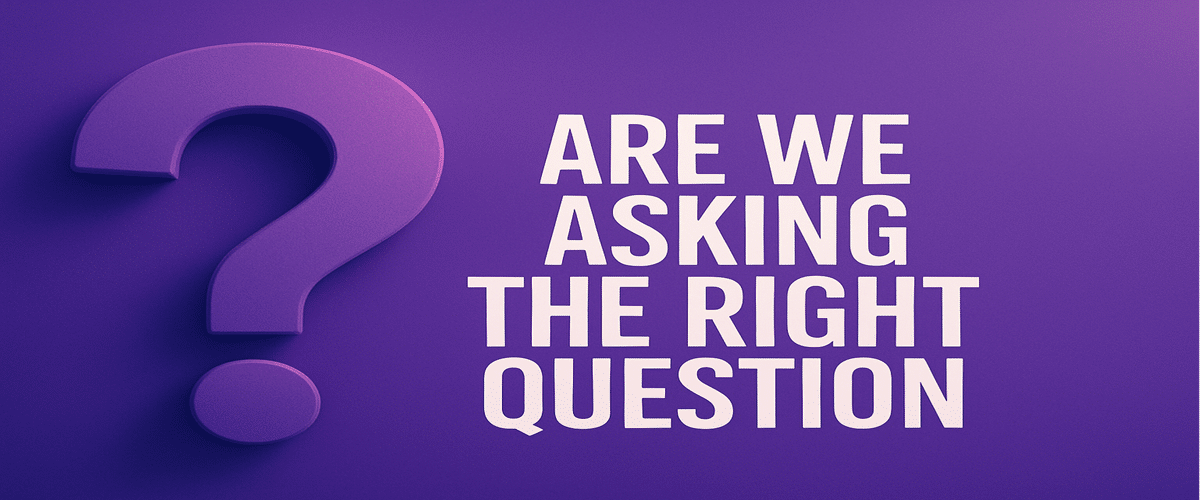If you’re reading this, there’s a fair chance the thought has crossed your mind: “Was this written by a human… or by one of those AI models everyone’s talking about?” That’s a fair question, and as someone who has spent years in cybersecurity, I’ll tell you—this isn’t just an academic curiosity. It’s a real, growing challenge that affects how we consume information, who we trust, and how attackers exploit that trust.
Why This Question Matters
For years, cybersecurity was about defending systems—firewalls, malware detection, access controls. But in 2025, our battlefield is broader. It’s also about defending credibility.
Attackers don’t just breach networks anymore; they breach our trust. AI‑generated content has supercharged phishing campaigns, made misinformation campaigns cheaper and faster, and even allowed malicious actors to impersonate CEOs and experts. If you can’t tell who—or what—authored a piece of content, your risk of falling victim to a sophisticated scam skyrockets.
So yes, knowing whether an article (like this one) was written by a human isn’t just a fun thought experiment. It’s a frontline cybersecurity issue.
How Can You Tell?
There are a few “tells” that I look for when I suspect content is machine‑generated:
- It feels like it was written in a vacuum – AI is great at sounding smart but struggles with context. You’ll rarely see personal anecdotes, industry war stories, or opinions that come from experience.
- It plays it too safe – Machines avoid taking real positions. You’ll notice a lot of neutral, overly balanced statements. Humans, on the other hand, are opinionated. We have biases. We argue.
- It scratches the surface – AI often summarizes complex ideas but doesn’t dive into them. A real cybersecurity expert won’t just tell you that “phishing is dangerous.” They’ll tell you about that time a well‑crafted spear‑phish almost took down an entire company.
- Repetition and filler – AI content can loop or pad ideas to meet a word count. It reads “smooth,” but lacks that unpredictable depth you see in human writing.
These aren’t foolproof signs, but they’re starting points.
How We’re Fighting Back
This is where the cybersecurity world gets creative. Several methods are emerging to help verify content authenticity:
- Digital watermarking – Some AI providers are embedding invisible signatures into generated text so it can be flagged as machine‑written.
- Linguistic forensics – Think of this like digital handwriting analysis: we can compare the writing style of a piece to known samples of an author.
- Blockchain for authorship – Recording content creation details on an immutable ledger, making authorship verifiable.
- Metadata analysis – Looking at the “breadcrumbs” a document leaves behind—timestamps, editing history, and device fingerprints—to see if it aligns with a human creation process.
These techniques aren’t perfect yet, but they’re evolving fast.
What Can You Do as a Reader?
You don’t need a lab full of forensic tools to be cautious. A few simple habits go a long way:
- Verify the source – Who published this? Is the author a known professional or a faceless byline?
- Look for evidence – Does the article provide sources, references, or firsthand examples?
- Trust your instincts – If something feels “off,” it often is.
So… Was This Written by a Human?
If you’ve made it this far, here’s the meta‑moment: You’re reading words that were intentionally crafted to sound like they came from a human with real cybersecurity experience. Whether that convinces you depends on one thing: your ability to evaluate the credibility of what you consume.
And maybe that’s the real lesson here—cybersecurity isn’t just about protecting systems. It’s about protecting our trust in a world where machines can talk like us.






